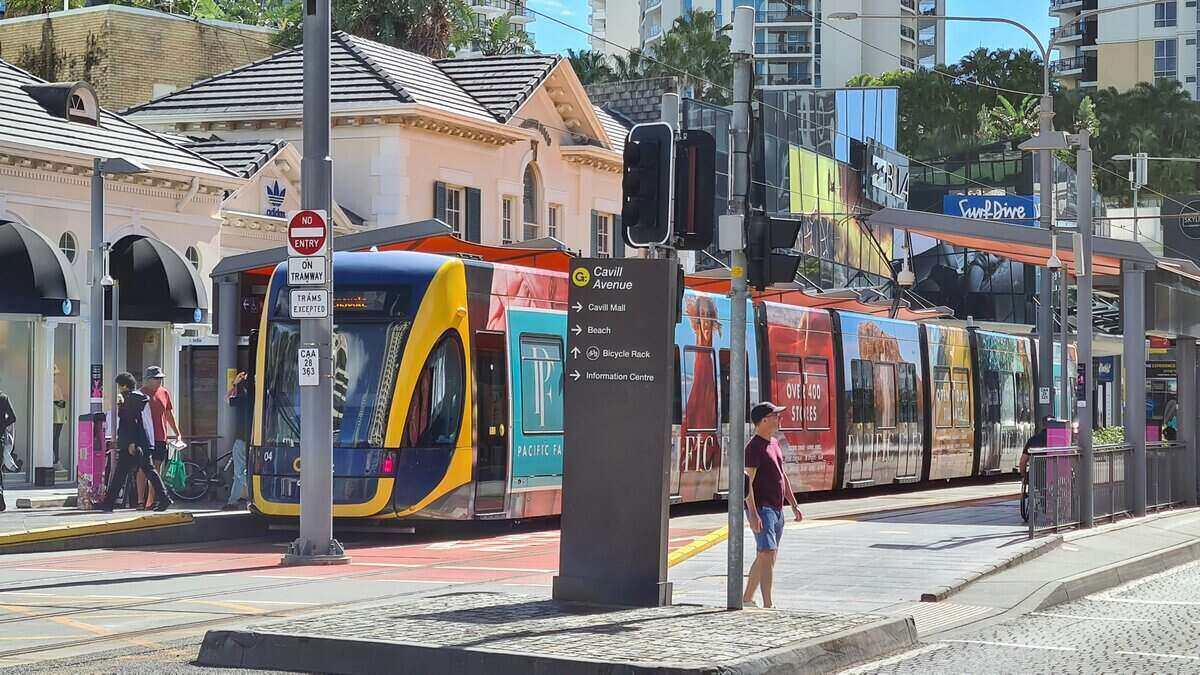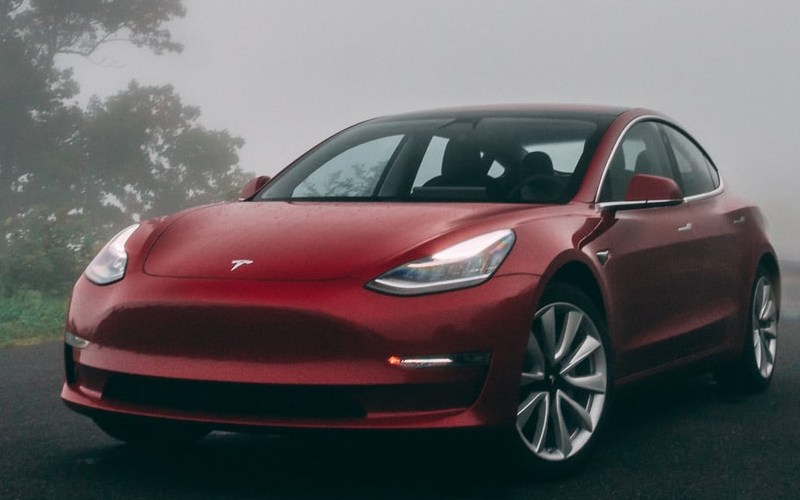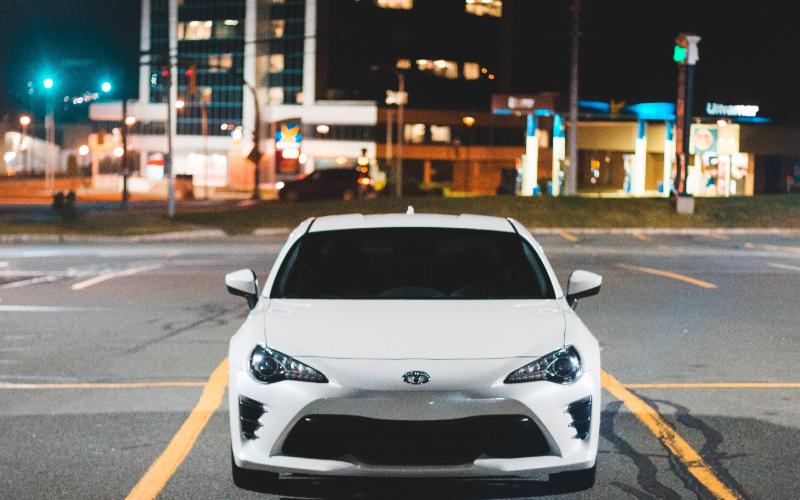The currently booming market for second hand cars notwithstanding, cars tend to depreciate quickly. While it varies between make and model, new vehicles can lose as much as 30% of their value after just a year. By the time you've owned your car for five years, it could be worth less than half what you paid for it.
This means those who finance their cars face a heightened risk of negative equity. This means the outstanding loan amount is more than the value of the car itself. If you’re in negative equity and you sell your car, you will likely not be able to recoup the full amount you owe, and thus you will continue to owe the difference.
Many vehicle finance arrangements are structured with a balloon payment at the end. This means that instead of amortising the entire loan amount over the term, you pay a certain amount of it in a lump sum at the end, called the balloon payment. This decreases your monthly repayments, so it's a popular option. A common approach is to sell the car at the end of the loan term, use some of this to pay the balloon payment and put the remainder towards financing your next ride.
Depreciation makes this a risky proposition though. Some people are left owing a balloon payment more than the car is worth, so even if they sell, they aren’t able to raise the full amount they need, so are left with residual debt.
Advertisement
In the market for a new car? The table below features car loans with some of the lowest interest rates on the market.
| Lender | Car Loan | Interest Rate | Comparison Rate* | Monthly Repayment | Interest Type | Vehicle Type | Maximum Vehicle Age | Ongoing Fee | Upfront Fee | Total Repayment | Early Repayment | Instant Approval | Online Application | Tags | Features | Link | Compare | Promoted Product | Disclosure |
|---|---|---|---|---|---|---|---|---|---|---|---|---|---|---|---|---|---|---|---|
5.99% p.a. | 7.12% p.a. | $580 | Variable | New | No Max | $8 | $400 | $34,791 |
| Promoted | Disclosure | ||||||||
6.52% p.a. | 6.95% p.a. | $587 | Fixed | New, Used | No Max | $0 | $350 | $35,236 |
| Promoted | Disclosure | ||||||||
6.28% p.a. | 6.28% p.a. | $584 | Fixed | New | No Max | $0 | $0 | $35,034 |
| Promoted | Disclosure |
Guaranteed buyback explained
Some manufacturers have recently introduced a scheme intended to mitigate these risks. Audi, Volkswagen and Toyota are among several who now offer a guaranteed buyback value on some of their financing options. This means that you and the dealership agree a pre determined value for the vehicle after the loan period is up and the balloon payment is due. You have three options once the loan term concludes:
-
Upgrade to a new car. Instead of making your balloon payment, you could return your car to the dealership. Their valuation of the car is guaranteed to be exactly what you owe for the balloon payment, so the risk transfers from the borrower to the manufacturer, who will now take the loss if the car has depreciated in value more than expected. To sweeten the deal even more, should the car end up worth more than the buyback amount, the difference can go towards your new one.
-
Keep your car. The guaranteed future value will be the amount you owe for the balloon payment. To keep the car, you’ll need to pay or refinance this amount.
-
Return your car. If you decide your next car will be with a different manufacturer (or that you don’t need a car anymore), providing the car meets certain conditions, you can just give it back at no extra cost. You can even pocket the difference if the car is worth more on trade in than the guaranteed value.
What's the catch?
This all probably sounds like a great way to remove some of the risk around buying a car. We all know how fast cars lose their worth, so there’s an allure to locking in a preset value. Before you jump straight in though, you might want to have a closer look at some of the small print these agreements usually contain.
1. Mileage estimate
When you enter into a guaranteed future value agreement, you’ll likely be asked to estimate how much you expect to drive it. As you can probably guess, the more the car is driven the more it depreciates. Should you turn up at the dealership having travelled more than agreed, you are likely to be hit with fees. Toyota, for example, charge an excess usage adjustment of $0.0635 per kilometre.
2. 'Fair wear and tear'
Manufacturers will also tend to have guidelines regarding the condition the car is returned in. The car will need to meet certain standards in order to retain the full guaranteed value.
The following are some examples of damage to a vehicle that could be deemed unacceptable (taken from Mazda’s ‘Fair wear and tear’ guide).
-
Torn or ripped fabric
-
Immovable stains
-
Singes or burn holes
-
Scrapes and scratches covering more than 15% of the surface area of a wheel (20% if the car has done over 100,000ks)
-
An amount of chips, scratches or dents per panel and per car that exceed specified amounts
-
Rust
If the vehicle is deemed to have the above, or other damage inconsistent with fair use (this is the kind of vague legal term they might creatively apply), the cost of amending this is subtracted from the guaranteed future value.
This is where they can get you. If the market value of your car has sunk below your guaranteed value, rest assured the manufacturer will do its best to wriggle out of copping that loss. They will be rigorous, to say the least, when they inspect the car, trying to find any damage they can rule unacceptable. You will then likely be charged a ridiculously marked up rate for this to be addressed.
If you are entering into a guaranteed future value agreement, you’ll want to go through these conditions carefully before signing anything. If they seem unreasonable, or vague, it's worth reconsidering. Even if you decide you can keep the car in good enough nick, you’ll want to be doubly careful to avoid, and fix, any damage.
3. Dealer exclusive finance
Another thing to remember is that for the moment, these agreements are exclusively with the manufacturer themselves, which means you’re stuck with their financing rates. And if you want to trade the car in, you’re stuck with the same manufacturer there too.
4. Upselling
Guaranteed buyback arrangements mean that if the vehicle depreciates more than expected, it is the manufacturer who makes a loss. While this may seem like a great way to mitigate your own risk, you should also be wary that might mean manufacturers charge higher rates initially to compensate. Getting hold of two quotes, one including guaranteed buyback and one without, might be a good way to figure out if this is going on.
Savings.com.au's two cents
With any enticing offer like this, we’d urge you to be as discerning as possible in working out exactly how it is benefiting the party at the other end. You might like the sound of circumventing the risk of negative equity and locking in the value of your car, but you’ll want to bear in mind this means you’ll need to maintain your car to very high standards, not drive it excessively and then deal exclusively with the manufacturer.
Is it worth it? That’s for you to decide. Each agreement will be different, and you might have run the numbers to satisfy you that the guaranteed future value arrangement in front of you will leave you in a better position at the end of the loan term than obtaining finance elsewhere. That’s completely plausible, and good news for you. The important thing is to research all of your options, and make an informed decision.
For those who do decide to take up offers like this, just remember to not let excess usage adjustments and pedantic wear and tear charges catch you out.
Picture by John O'Nolan on Unsplash






 Denise Raward
Denise Raward
 Harry O'Sullivan
Harry O'Sullivan

 Harrison Astbury
Harrison Astbury


